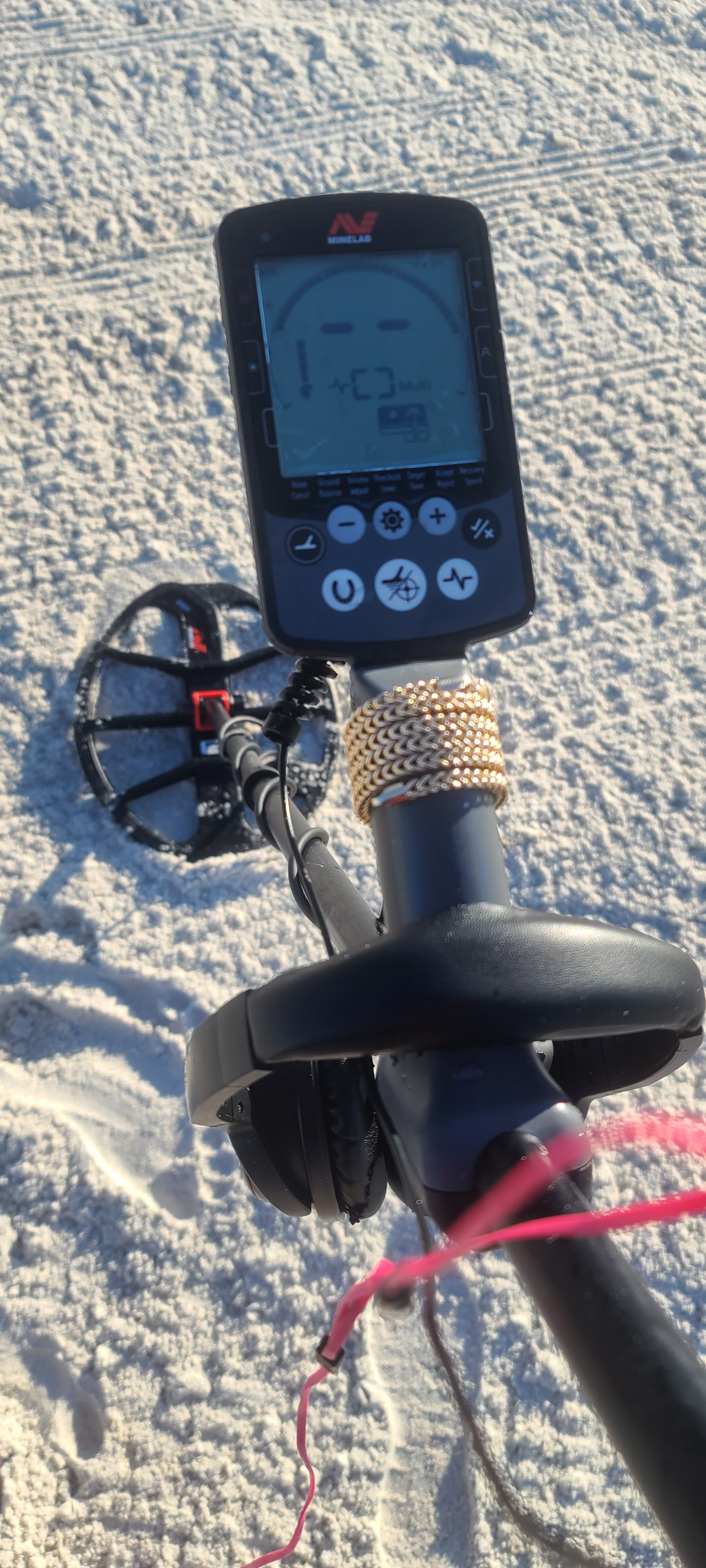
stevejhgla
-
Posts
67 -
Joined
-
Last visited
Content Type
Forums
Detector Prospector Home
Detector Database
Downloads
Posts posted by stevejhgla
-
-
How many frequencies it is receiving though
-
Great job!
I started an Instagram to showcase my finds. It allows people to find my services and it also catalogs all the things I recover for people...check it out.
-
12 hours ago, midalake said:
This is where I find BIG ISSUES!
Once a target will not TID, the D2 is lousy at giving hints at what might still be in the ground. Iron wrap-around sounds identical to deep non-ferrous that will not TID. I can clearly confirm these types of targets on the Equinox but cannot do so with the D2.
Different modes, different settings, nothing seems to help with deep non-ferrous. The only hint I have found if you happen to get the machine to throw a number. Even if it is only one in 5-8 swings. Other than that, if you are at a wet salt beach or working in water>FORGET IT!Remember to investigate back and forth with pinpoint (vco) to get the shape. Use your imagination to see the shape that you hear🤫
-
 2
2
-
-
9" in the water. 13" dry sand.
-
 6
6
-
-
I don't take out my headphones and that seems to work for me
-
Just found this live stream from a release event.
-
 5
5
-
-
On 3/15/2022 at 1:01 PM, martygene said:
I just watched a video made by metal detecting NYC and the other guy that he was detecting with used that break in the threshold as an indicator of a good target. And it turn out to be was deep too. What actually does that break do? What is it blanking out on? Without getting into specific detectors, do any of you use that as part of your analysis of a target. I do know what threshold his but never did much with it as I have very bad hearing and any other sound (or lack there of) makes it even more difficult for me to hear good signals.
Metal Detecting NYC really praises Phillipthenox as one of the best with the equinox and while he does pull some good stuff i dont think he fully understands the equinoxs menu. I'm assuming he wants to use fe2 since 0 in fe2 has less bias than 0 on fe. He has fe and fe2 in 0 and then exits the menu with fe selected.
From the manual:
The iron bias fe and iron bias fe2 settings profiles are independent. When iron bias fe is selected, the iron bias fe2 settings has no effect, and vice versa.
Basically whichever setting is on the screen when you exit the menu, is the one it uses.
I don't think many people know this and I'm just trying to spread the knowledge.
Hunting with discrimination and threshold is one way to filter through all the noise in a trashy area. Instead of hearing all those low to mid tones that he discriminated out, he only hears a break In the threshold. Notifying him that there is something there but not giving him an ID on it. This allows you to move over the trash quicker.
Hunting with no discrimination or threshold, the "break" in the threshold would have probably been displayed as a -4 to -6 . You'd still be able to tell that there was a deep silver coin there based on the one way iron, one way silver ID.
I prefer to hunt in all metal and filter the tones out with my brain instead of discrimination and threshold.
-
 3
3
-
-
I saw that he left the equinox in fe not fe2. I may be wrong but I think whichever fe setting you leave it on is the one that is used.
-
1 minute ago, mh9162013 said:
Or are you saying that the Equinox will lower a VDI or tone for a target it can detect, but is at the limits of its range?
This.
-
 1
1
-
 1
1
-
-
The threshold on the equinox in park mode is called a reference threshold. It only breaks if the coil swings over something that you've discriminated out. The equinox IDs targets just out of range as iron. That's why the deep coin that was silver was breaking the threshold. If he swung the coil over that target after taking it out of the ground the threshold wouldn't have broken.
Hope this helps
-
Other detectorist look at me like I'm crazy when I tell them that with the equinox aluminum sounds weak and sometimes scratchy. Hope this helps.
-
 1
1
-
-
-
Thanks I'll get back you to once I get it done.
-
 1
1
-
-
Can't seem to find DeoxIT D5 at any nearby stores with a quick search but what I'm looking for is an electrical parts cleaner right?
-
3 minutes ago, Joe Beechnut OBN said:
Sorry I just seen this return post. It looks good except the coil to endcap, I have a extra double endcap I can send for free to replace the one.. If you need. The coil to endcap cable looks dangerous, but it could be a bad picture....
Also.......for sure fill the tub, set the detector in the water.. submerged , turned on the machine, put the head phones on and listen for at least a hour. I'm guessing you will get EMI which will make it hard but listen for the machine to act crazy, like falsing or stopping. Its going to be hard in the house, so If you do take it out in the real world......... I would go slow once under. Any abnormal falsing, or it acting stupid ..get it out of the water ..pull the head phone endcap and check for water. I might recommend having some DeoxIT D5 around just incase you need to clean the board fast.
My opinion, change that coil fitting out this winter or sooner. Other then that I think you did a great job.. You will find the more you work on it the easier it comes as you learn.
Found out quickly that my tub is cast iron 😄 so I took it out for a real world test, it leaked from that end cap 😑. Maybe half a tea spoon of water. I immediately got out of the water and came home to clean it out.
When I got home I took the board out and inspected it. There didn't seem to be any damage to the board so I resoldered it inside and this is how it came out.
I ran out of the curly wire protector but I was able to get the wire through the endcap and seal it with resin from the inside.
However it is very unstable now, almost like the electricity isn't passing through the wires smoothly. Constantly changing the tones, maybe holding one tone for 5 seconds and then changing to another.
I'm not mad at it, I like the learning curve but you're right it definitely is getting easier the more I tinker with it.
-
 1
1
-
-
-
Thank you "Joe obn kenobi" you were my only hope 😄
New coil and headphone cables!
I didn't feel comfortable with my skill level to open up and solder inside the housing so I soldered the wires outside and shrink tubed them.
Super happy with how the headphones turned out.
Not so happy with how the coil attaches to the machine ( I forgot to put the hard plastic wire saver springy thing on 😒). I may have to cut the wire again, drill out the end cap and solder it inside. Perhaps I'll look into a new coil, maybe a little smaller like an 8".
I was surprised that it turned on!!! It seems to run stable but there is too much emi inside the house to tell...
This was a fun project and I'm sure it will lead to more tinkering.
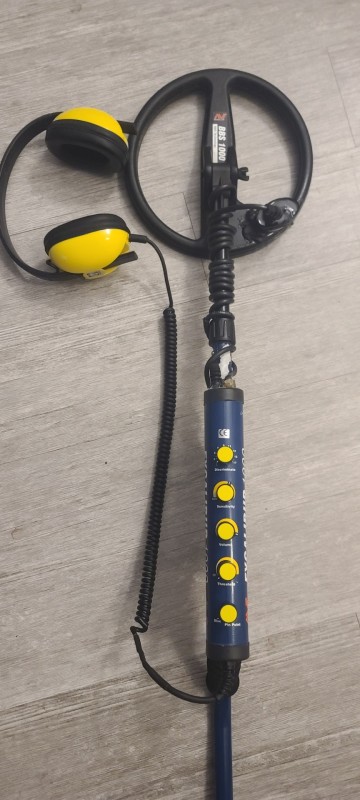
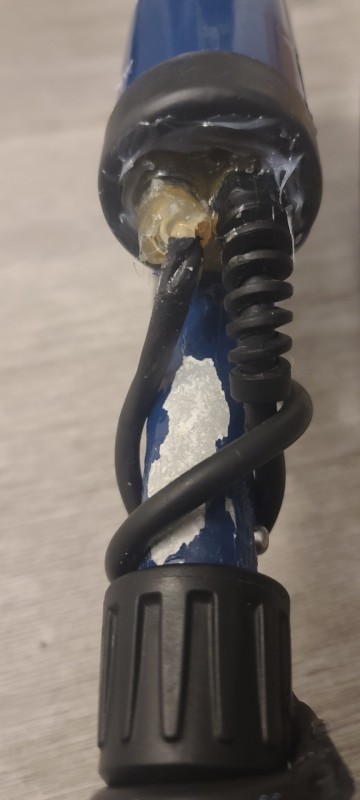
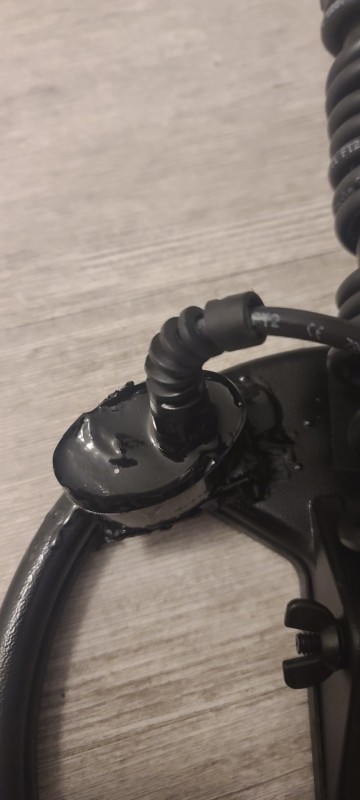
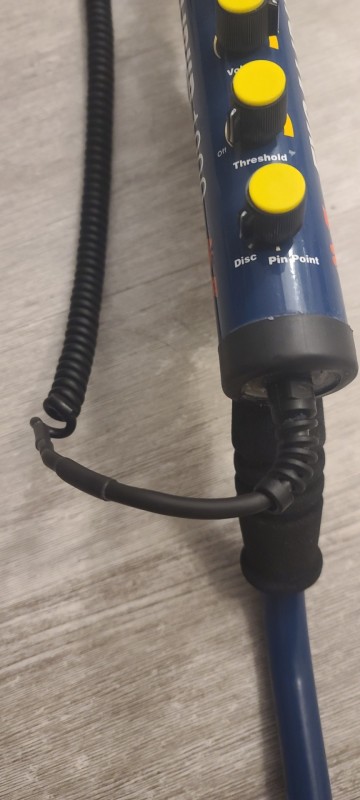
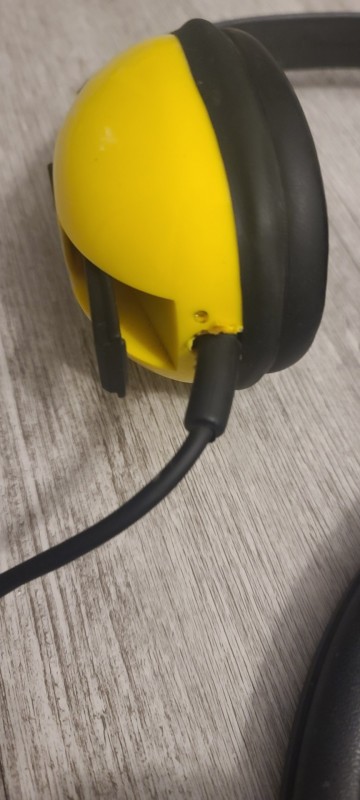
What do you think? Should I submerge it in the bathtub before going in the ocean?
Thanks again!
-
 1
1
-
-
5 minutes ago, Chase Goldman said:
Great! Thanks, now that I know the context I’ll look into it. Wonder why that’s only problem with Detect Ed. Maybe Steve G, who makes another 3rd party shaft can weigh in.
She says it's because the shaft is a couple mm too small around...
The last time mine flooded I noticed bubbles coming up from the control pod. Is the bottom supposed to fill with water?
-
 1
1
-
-
39 minutes ago, Chase Goldman said:
Don’t take this the wrong way but I’m personally not really in to clicking on unsolicited video and podcast links without any context as it usually results in time I’ll never get back or worse
 . Care to enlighten me as to why I should check it out and why whatever is going to be presented can’t be summarized in words as a forum post. Thanks.
. Care to enlighten me as to why I should check it out and why whatever is going to be presented can’t be summarized in words as a forum post. Thanks.
It's the Treasure talk podcast with Debbie simkoski from minelab. She mentions that they have had problems with people using the detect ed shafts. Primarily overtightening of the screws.
-
5 hours ago, Chase Goldman said:
Probably a coincidence. Nothing about that shaft should matter because you are still using the same original mounting base bracket, I believe.
Thanks for responding Chase.
Please check out this podcast @ 7:40
-
How many of you use a detected ed shaft?
2 of my control pods have drowned since using this shaft.
-
 1
1
-
 1
1
-
-
-
-
Great job on treasure talk the other night!
-
 1
1
-

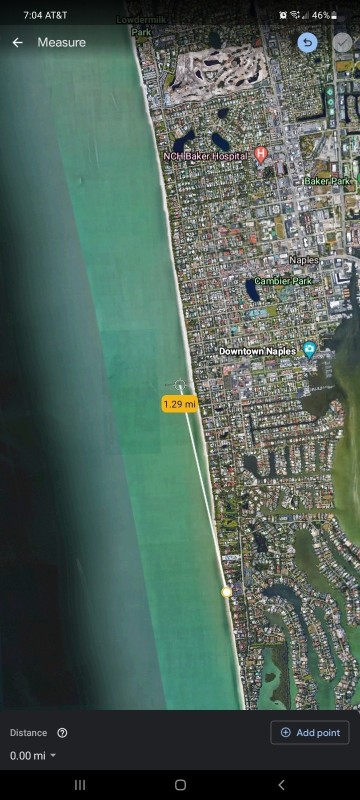
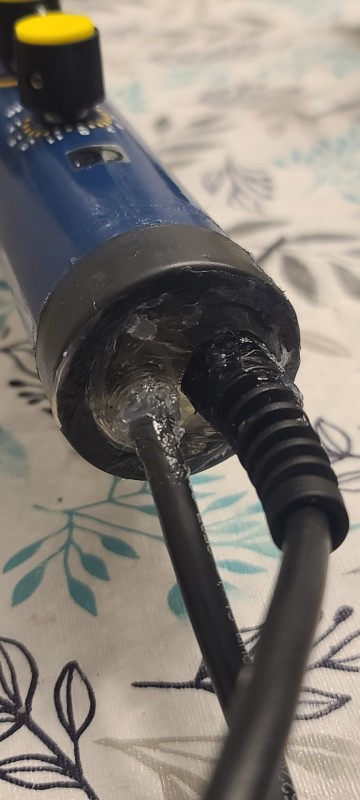
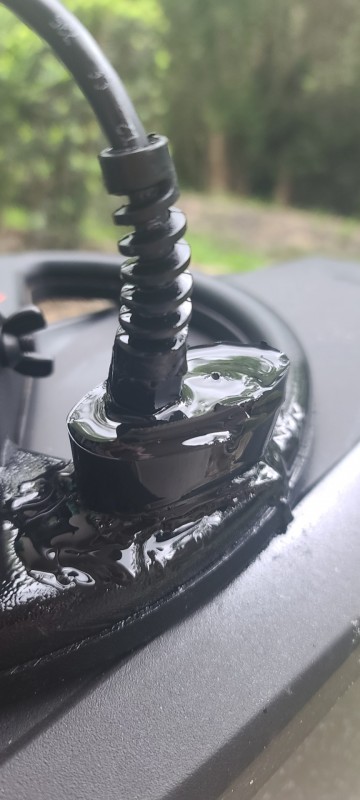
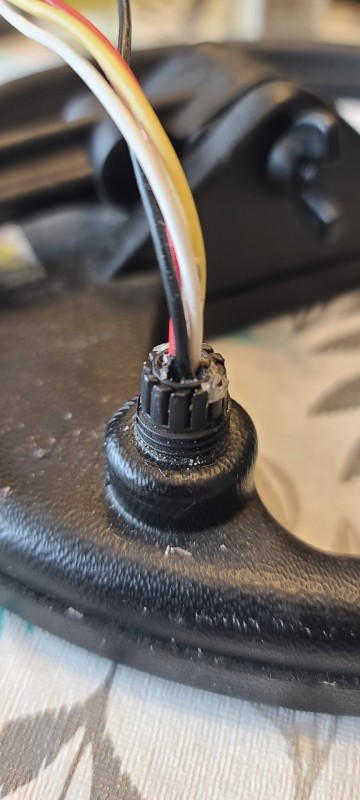
CTX 3030 On Gold Nuggets - Tips On Settings
in Minelab Metal Detectors
Posted
Thanks for the paragraph about volume Gain. I've never thought to use it that way.